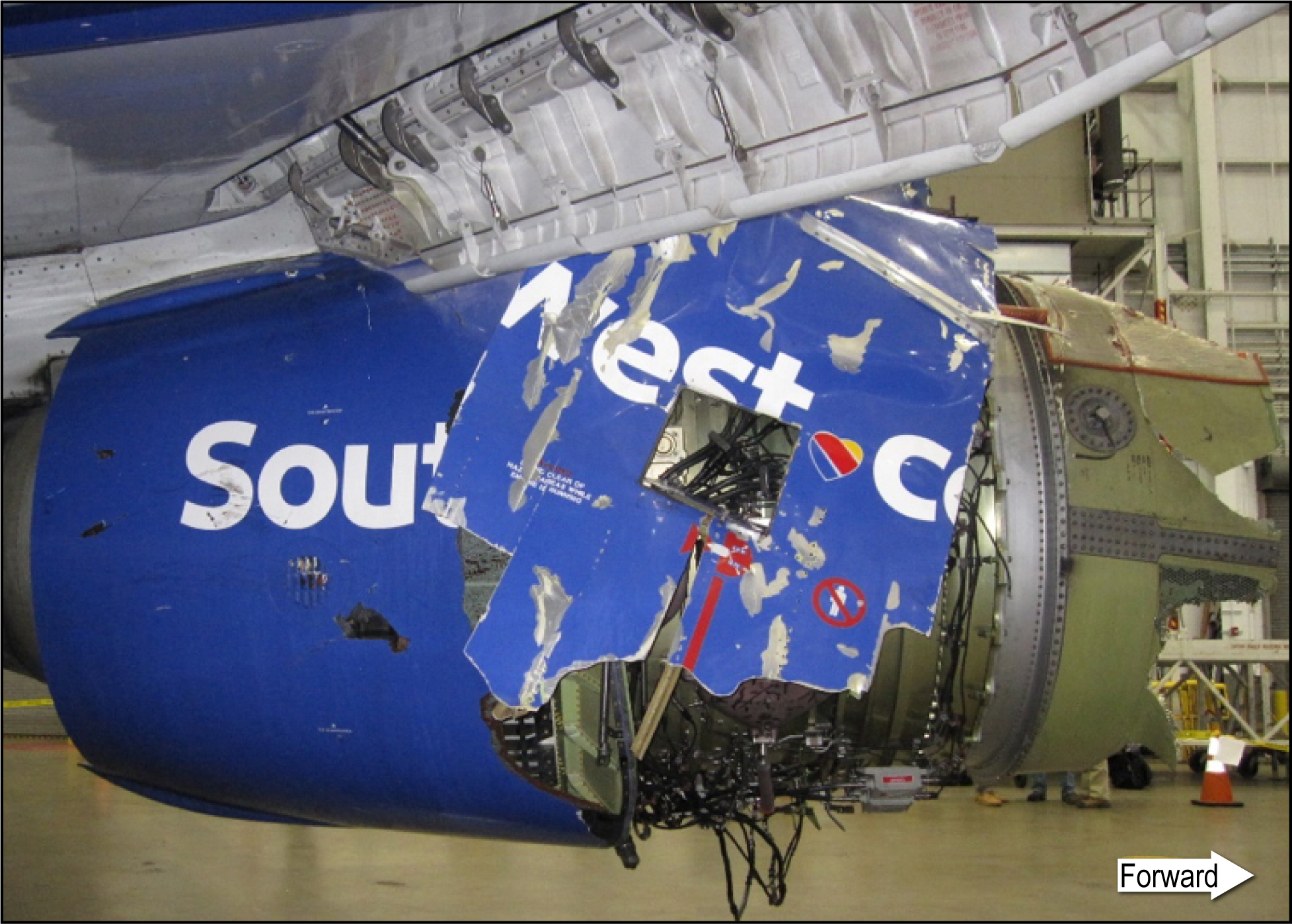


The Federal Aviation Administration (FAA) has approved Boeing’s proposed 737 Next Generation nacelle retrofit program, a crucial process that mandated nacelle design modifications for the Boeing 737 Next Generation (NG) fleet.
The move, that took shape after a tragic accident and subsequent recommendations from the National Transportation Safety Board (NTSB), has defined an August 2028 deadline for operators to complete the modifications, and giving the company until the end of 2029 to deliver maintenance error mitigation plans linked to the new designs.
If we see Boeing’s plan, it aims to finalize the service bulletins detailing the modification work by the end of 2024. Operators will then have until July 31, 2028, or another 43 months, to retrofit their fleets.
Out of the two, one engine failure resulted in parts penetrating the fuselage, that led to a passenger being sucked out of her seat and fatally wounded. The incident took place when a Southwest Boeing 737-700 aircraft (N772SW), that operated flight SW1380 between New York LaGuardia Airport (LGA) and Dallas Love Field (DAL) in April 2018.
The engine failure took place while the aircraft was climbing through FL320, causing the flight crew to divert to Philadelphia International Airport (PHL).
The impact of the separated fan blade with the fan case also imparted significant loads into the fan cowl (also part of the nacelle) through the radial restraint fitting, which was located at the bottom of the inboard fan cowl.
These loads caused cracks to form in the fan cowl skin and frames near the radial restraint fitting. This damage then propagated forward and aft, severing the three latch assemblies that joined the inboard and outboard halves of the fan cowl, which caused large portions of both fan cowl halves to separate and depart the airplane. One fan cowl part that was recovered after the accident was the inboard fan cowl aft latch keeper.
The FAA’s proposed timeline allows for 45 days of public input on these modifications. Subsequently, the final regulations will require affected operators to implement the changes by July 31, 2028. Additionally, Boeing is tasked with developing and issuing maintenance instructions related to mitigating risks associated with unlatched fan cowl doors and other access panels by December 31, 2029.
Boeing initiated these changes and presented them in an exemption request submitted to the FAA in 2022. These exemptions were pivotal for Boeing to introduce the modifications in phases, demonstrating compliance with regulations once all upgrades were completed.
The design enhancements target issues highlighted in extensive reviews following two incidents involving Southwest Airlines’ 737-700 aircraft, where fan blades failed, causing damage to the fuselage. One of these incidents, in April 2018, resulted in a passenger fatality. Subsequent findings from investigations led to the NTSB’s recommendation for a redesign of the 737NG nacelle.
Boeing has emphasized on three key modifications, which includes new inlet spacers and fasteners, a fan cowl support beam, and a reinforced exhaust nozzle.
For the Inlet cowl , attachment bolts will be equipped with spacers to bolster structural integrity. Upgrades have been devised for inlet aft bulkhead fasteners.
Fan cowls will undergo alterations with the introduction of modified radial restraint fittings and enhanced venting. These changes aim to ensure fan cowls remain closed, intact, and securely attached to the aircraft in the event of a fan blade failure.
The third reinforcement will see the structural area surrounding the exhaust nozzle attachment will be fortified to enhance load-handling capabilities.
The FAA’s Airworthiness Directive will directly impact around 1,900 U.S. registered aircraft. While globally 6,500 B737NGs in operation or storage will be affected.
Earlier NTSB had recommended the expansion of the Title 14 Code of Federal Regulations Part 25 and 33 certification requirements to mandate that airplane and engine manufacturers work collaboratively to :
Picture Credit : NTSB
